HIGHLAND TEA ESTATE OF MAMBILLA MOUNTAINS (NIGERIA)

Information:
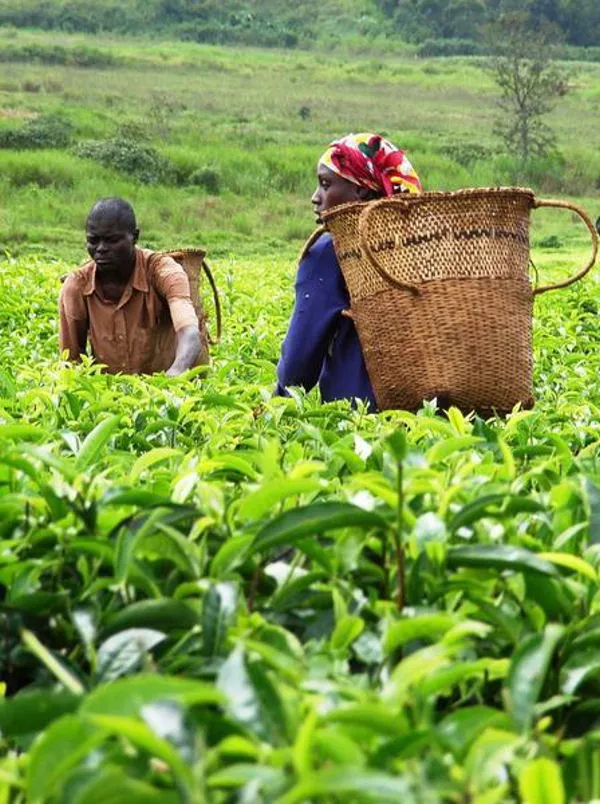
In the mid 1970s Bohea planned and built up Nigeria's first business tea venture including a 450ha inundated bequest on the Mambilla level.
From 1993-1997 HVA International gave specialized help and obtainment administrations for the Mambilla Tea Integrated Development Program (MTIDP) in Nigeria. The primary segments of the task included restoration and development of the current tea home (from 450ha to 850ha) and out-producer tea plantings (from 140ha to 400ha, recovery, modernisation and development of the tea industrial facility (from 1,200t to 2,250t made tea for every annum) reinforcing the out-cultivator agriculturists affiliation and preparing administration, operational and augmentation staff.
THE MOUNTAIN:
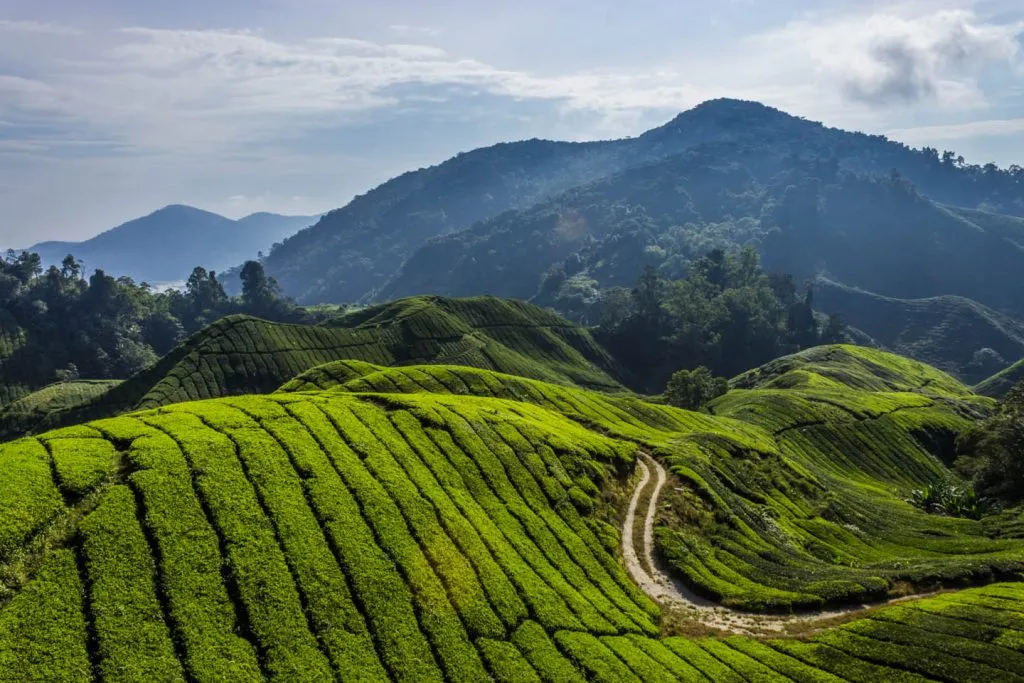
The pleasant Mambilla Plateau that can be found in the southeast corner of Taraba State imparts a fringe to Cameroon. The Mambilla Plateau is a high meadow level that midpoints around 1800 meters. The Mambilla Plateau is a restrictive topographic zone with a portion of the greatest and most astounding mountains in Nigeria – a portion of the pinnacles are more than 1840m
TEA CULTIVATION
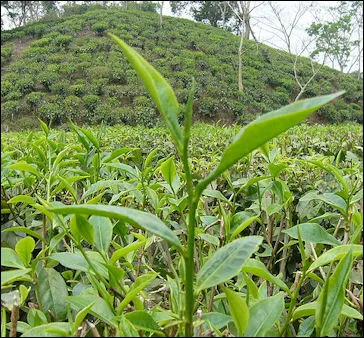
There are two fundamental assortments of tea plant: the little leafed China plant and the extensive leafed Assam assortment, found on the Burma-India outskirt in 1824. There is likewise a Cambodian assortment utilized for the most part in mixtures.
Tea develops best in hazy, stormy districts at heights of 2,000 to 7,000 feet in the tropics and lower rises in mild areas.. The best tea is delivered in districts that have dry days and cool evenings. Moderate development under some worry acquires the best flavor tea however yields are bring down under these conditions.
Tea hedges are pruned to around one meter in tallness so they can be effectively culled. On the off chance that left unattended they would develop into 12-meter-high trees. The hedges deliver a white blossom and a hazelnut-measure natural product with three compartments, each with a seed. As a rule these are not permitted to create. The leaves of the plant are what produces tea. The tea enhance is creates by oils in the takes off
Tea requires year round upkeep. Each one to five years the plants are trimmed from midriff to knee tallness to shield them from developing into trees and keep the branches from broadening too far sideways. Regular pickings keep the brambles trimmed like a support.
The abdomen high shrubs at a run of the mill tea manor are frequently 25 to 90 years of age. Tea cultivators are currently explored different avenues regarding new strains such TV29 that create the same number of more quality leaves than display shrubberies.
Tea Agriculture
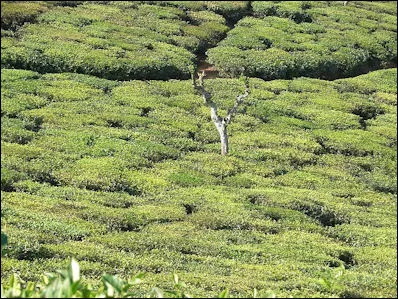
A great part of the world's tea is gathered on ranches called "homes" or "gardens." Many of these have ski-tow-like ropeways and chutes that are utilized to convey leaves to where the leaves are prepared. The tea business is a work escalated business driven by a huge number of laborers who cull and dry the leaves are paid next to no - regularly under $1 a day - however normally live in free lodging in unrefined quarters on the domain where they work, and they are sans given restorative care and training. .
Tea shrubberies are developed from cuttings or seeds. They take around four years to develop. When they are six to year and a half old they are planted in a the estate and when they get a little greater they replanted into their lasting spot in succession at the manor around four feet separated. Around 3,000 plants develop in hectare of land.
Tea develops best on slanting territory. Tea plants on mountains and slopes lay on precisely developed porches that trap water and forestall disintegration. Now and again trees are planted for shade and windbreaks. Plants develop in low locales are prepared to collect following three years. Plants develop in high locales are prepared to gather following five years.
Tea Harvesting

Tea is solely hand picked. In many parts of the world the work is finished by ladies. Tea leaves must be picked precisely. In the event that they too enormous they are excessively intense; on the off chance that they are too little they are not financially reasonable
The tea pickers cull new and delicate "flush" (two leaves and a bud). These flushes seem each seven or eight days in hot atmospheres and around twice that long in cooler atmospheres. For the most part the buds close to the finish of a branch are thought to be the best quality. Lower quality one are discovered further down the branch. The flushes are flung over the shoulder of the pickers into crates tied onto their heads and backs. Great pickers pick around 160 pounds of leaves a day, frame which around 40 pounds of completed estimated time of arrival is made.
Crisply picked leaves weigh about twice as much as accurately dried tea takes off. Expertise and experience are expected to precisely judge their condition. It is hard to deliver an astounding tea. Some that do pick only one bud and two leaves from a solitary twig (numerous organizations expel more leaves to build generation) and pick the leaves in the vicinity of 9:00am and 3:00pm when the leaves are in the best condition.
Tea Processing

Most tea is prepared in extensive multistory structures that regularly look like monster wooden sheds. The tea is regularly gotten by trucks, traveled through the manufacturing plant on transport lines and lifts. A production line may process 20,000 kilograms of leaves a day in the high season. This yields 5,000 kilograms of tea. The last item is set in expansive sacks that are moved by truck, prepare or send.
Green tea is placed in a "steamer" and warmed promptly after it is picked. This mellows the tea for rolling. The tea isn't matured. The leaves are rolled and dried. Leaves that are made into dark tea are "shriveled" (de-saturated by blowing air through them) in a wilting shed or upper story of the plant. Here, heaps of leaves are determined to hessian tangle, nylon "tats," and shriveled by conduit passed up extensive machines with substantial fans and radiators. Wilting evacuates dampness while leaving the leaves delicate and malleable.

Next the tea is come in uncommon apparatus instead of pulverized with the goal that they fragrant oils that flavor tea are not obliterated. While being rolled the juice overflows for tea leaves and maturation starts. Subsequent to rolling the tea is matured more by setting in a cool, clammy space to quicken oxidation, in the process diverting the tea from green to brilliant copper. The length of their maturation procedure decides how much oxidation happens, which thus decides if the tea is green, dark or oolong or another assortment.
Amid the following stage the tea is dried or "let go" for 15 to 25 minutes. For dark teas, the copper leaf turns dark as painstakingly controlled driers lessen water substance to 3 percent. The key - and the dubious part - to delivering great tea is halting aging and cutting off oxidation at exactly the correct time. At long last, the "made tea" is arranged and appraised into business grades, prepared for shipment. The evaluations are resolved both by size and quality and the rise they are developed. Diverse sizes are arranged utilizing machines with plate that shake the tea.
Tea Tasters

Organizations frequently how their teas will be mixed and the amount they will offer cultivators for their items in view of crafted by tea testers test up to 200 containers every day of tea to measure their quality. Each glass is made with 6.5 grams of the example tea soaks for precisely six minutes with newly bubbled sifted water, extravagant two teaspoons of new, TTB-tried drain and no sugar (the British method for drinking tea) and tea is judged by taste, shading and fragrance. Now and again three grams soaks for three minutes in 100̊C water
The glasses are typically arranged consecutively. The tea testers don't drink the examples yet taste and test them by making noisy slurping commotions as they slosh them around in their mouth, at long last spitting the examples into polish spittoons that they move alongside them. To completely appreciate the kind of a mix, tea testers suggest that you guzzle it.
Purchasers and testers allude to various types as tea as brilliant, solid and thick (great), chesty (which means it possesses a flavor like plywood), and gooey (the most exceedingly bad). Pinty, sharp, substantial, body and pastry kitchen are for the most part terms used to portray taste. Coppery, dull and splendid portray shading. A mid-range review tea may be portrayed as "alpha, minimal flaky, thick, brilliant, rupees 2.20."
In view of choices shape the tea testers, teas are mixed in various assortments and for the most part sold in sacks or free leaves Tea quality and taste are affected by mixing, development methods, soil quality, elevation, rain, sun, culling, climate amid the developing season and care taken amid preparing and dispatching, in addition to other things. As indicated by one master Americans favor "pointy," light seasoned high elevation teas while English like "thick" teas.
Tea Production

Tea is for the most part at barters in the nation of starting point or at ware advertises in Europe or the United States and basic sold in bargains made amongst makers and purchasers. In the days of yore tea was sold in chests and purchasers bored gaps in the chests to test the quality.
Top Producing Countries: (Production, $1000; Production, metric tons in 2008, FAO): 1) China, 1380615 , 1275384; 2) India, 871615 , 805180; 3) Kenya, 374331 , 345800; 4) Sri Lanka, 344995 , 318700; 5) Turkey, 214386 , 198046; 6) Viet Nam, 189331 , 174900; 7) Indonesia, 163297 , 150851; 8) Japan, 104462 , 96500; 9) Argentina, 82270 , 76000; 10) Thailand, 66636 , 61557; 11) Bangladesh, 63868 , 59000; 12) Malawi, 52112 , 48140; 13) Uganda, 46340 , 42808; 14) Iran (Islamic Republic of), 45842 , 42348; 15) United Republic of Tanzania, 37671 , 34800; 16) Myanmar, 28686 , 26500; 17) Zimbabwe, 24139 , 22300; 18) Rwanda, 21612 , 19965; 19) Mozambique, 18257 , 16866; 20) Nepal, 17493 , 16160;
The tea business has endured because of worldwide rivalry, flighty shopper tastes and work debate.
In 1998, an overabundance of tea from minimal effort makers made costs and benefits jump. A few domains endured work issues or sold their tea at beneath cost costs. Others went bankrupt or relinquished their activities.
Kenya and Sri Lanka are currently the world's biggest tea exporters, each sold 314 million kilograms on 2006, in front of India, which sold 204 million kilograms. In 2008 Kenya was the main tea exporter.
Tea creation costs: 1) India ($1.62); 2) Sri Lanka ($1.16); 3) Kenya and Malawi ($0.84). Expenses are higher in India to some extent as a result of laws that bequests must give laborers instruction and restorative care and drinking water.
In 2010, costs achieved a record $3.97 a kilogram partially in light of the fact that a dry spell in Kenya that was crushing to tea trims there.
Tea Consumers
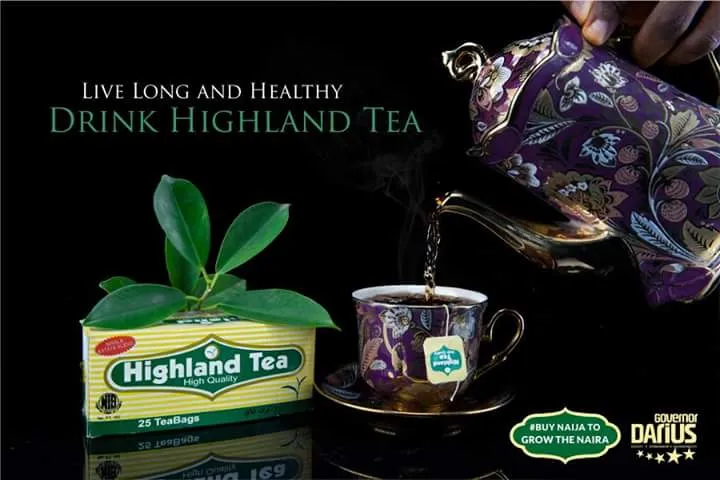
Tea is more well known than espresso wherever on the planet aside from the United States, where it trails behind sodas, brew, drain and espresso in prevalence. As opposed to whatever is left of the world which enjoys its tea hot, 80 percent of the tea served in the U.S. is frosty.
U.S. tea deals quadruped between the late 1990s and the late 2000s, coming to the $5 billion stamp in 2005 and is required to ascend to $10 billion by 2010.
